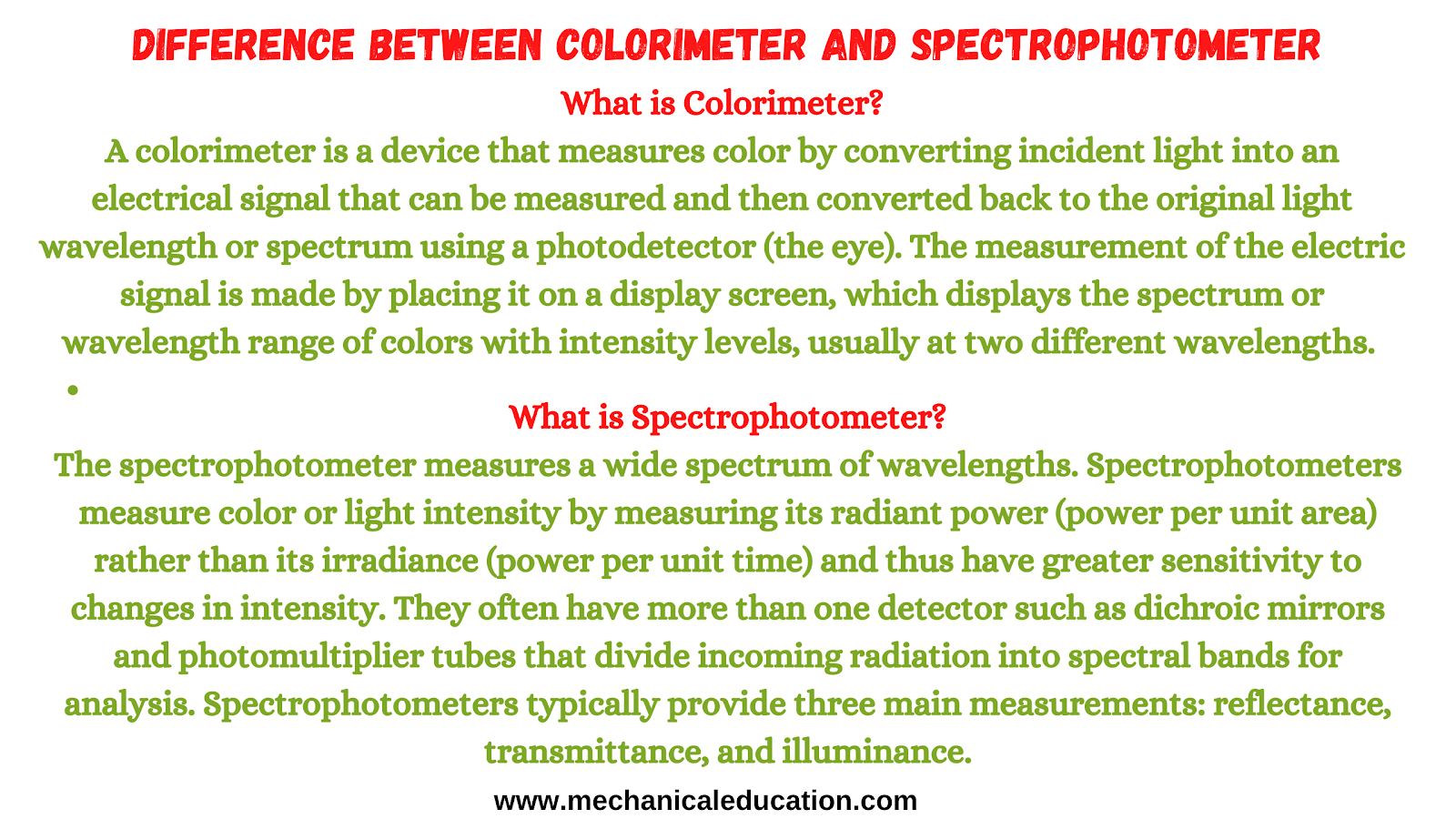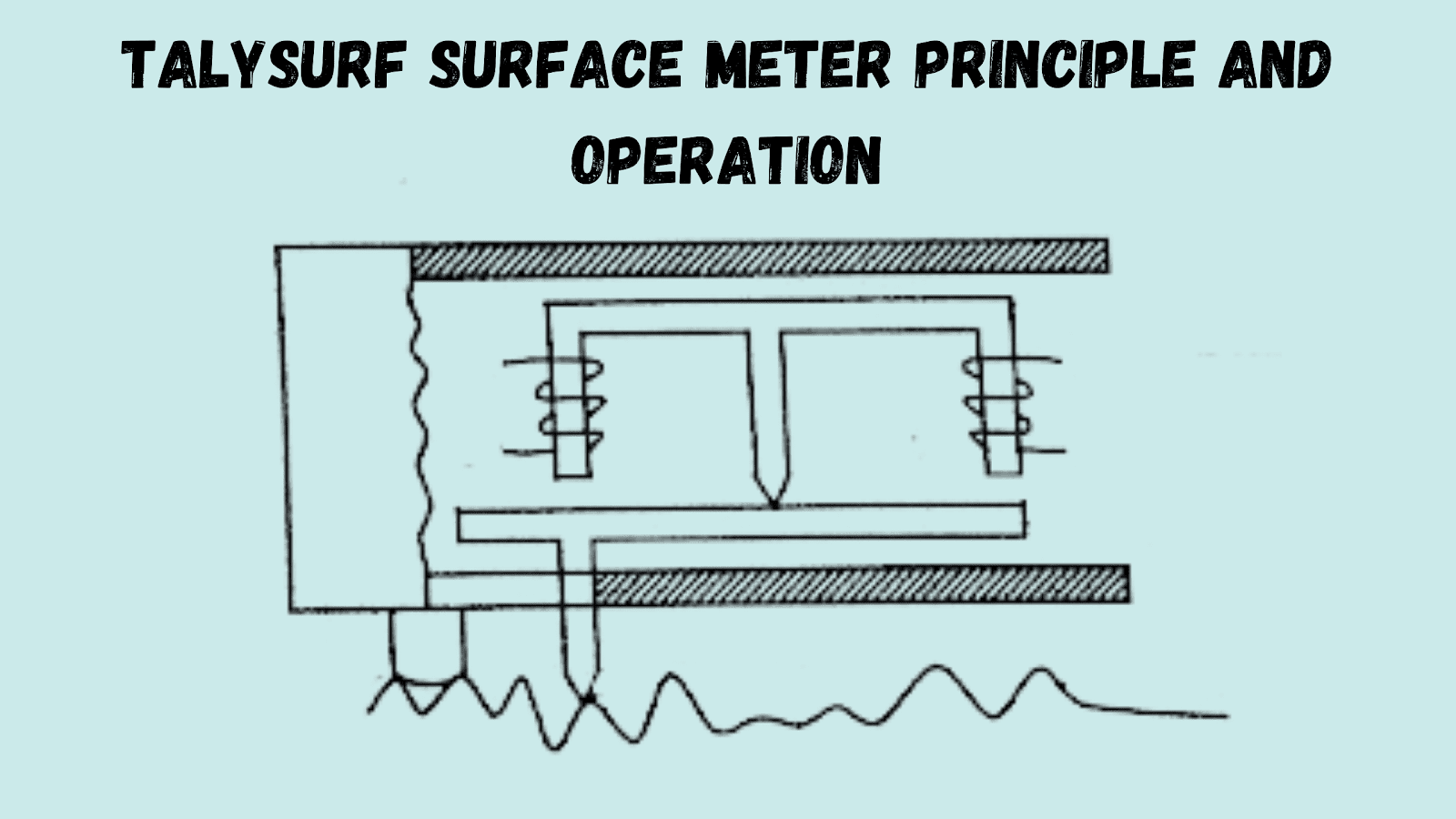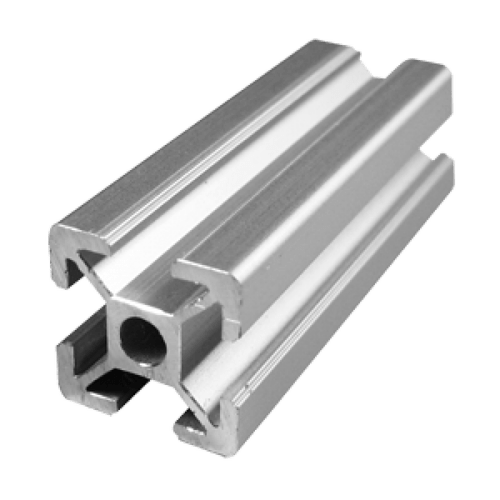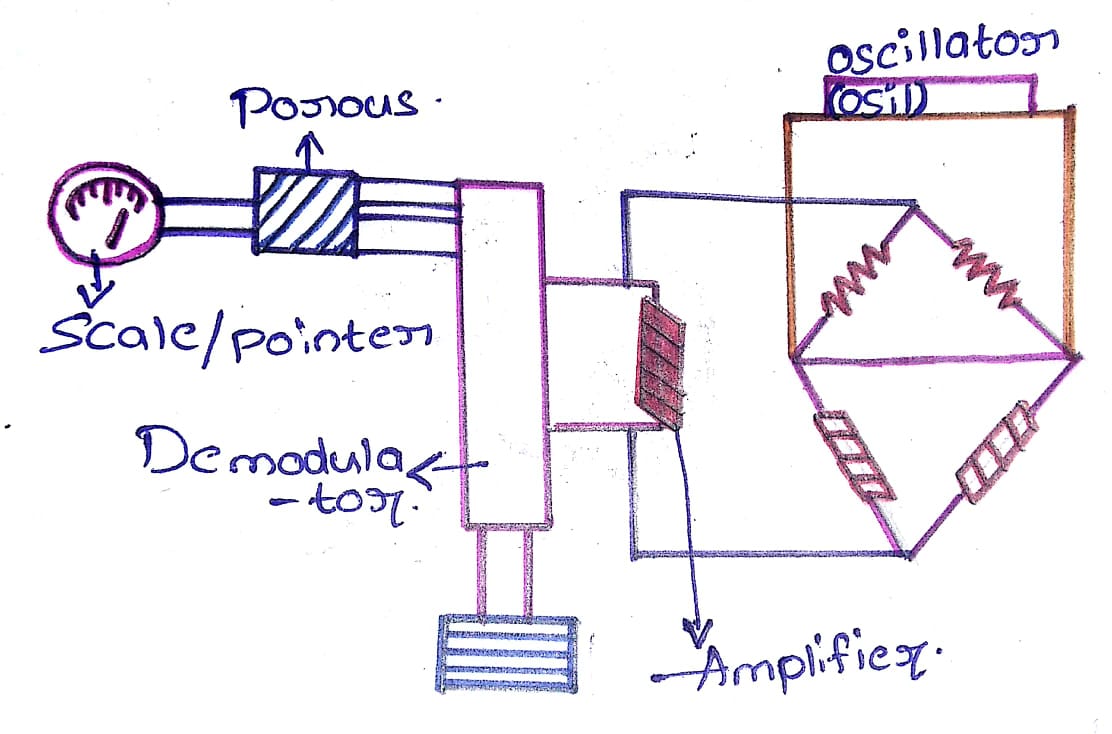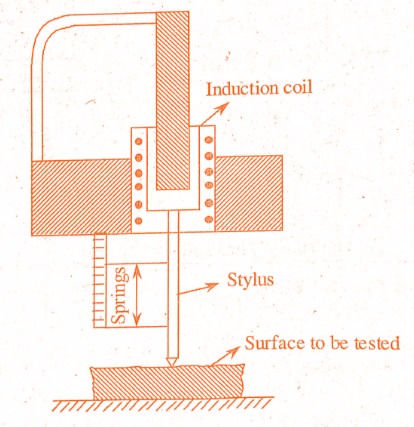Difference Between Colorimeter and Spectrophotometer
Difference Between Colorimeter and Spectrophotometer: Colorimeter and spectrophotometer are instruments used for measuring the color of light. They are similar in function but different in application. What is Colorimeter? A colorimeter is a device that measures color by converting incident light into an electrical signal that can be measured and then converted back to the …
Difference Between Colorimeter and Spectrophotometer Read More »
